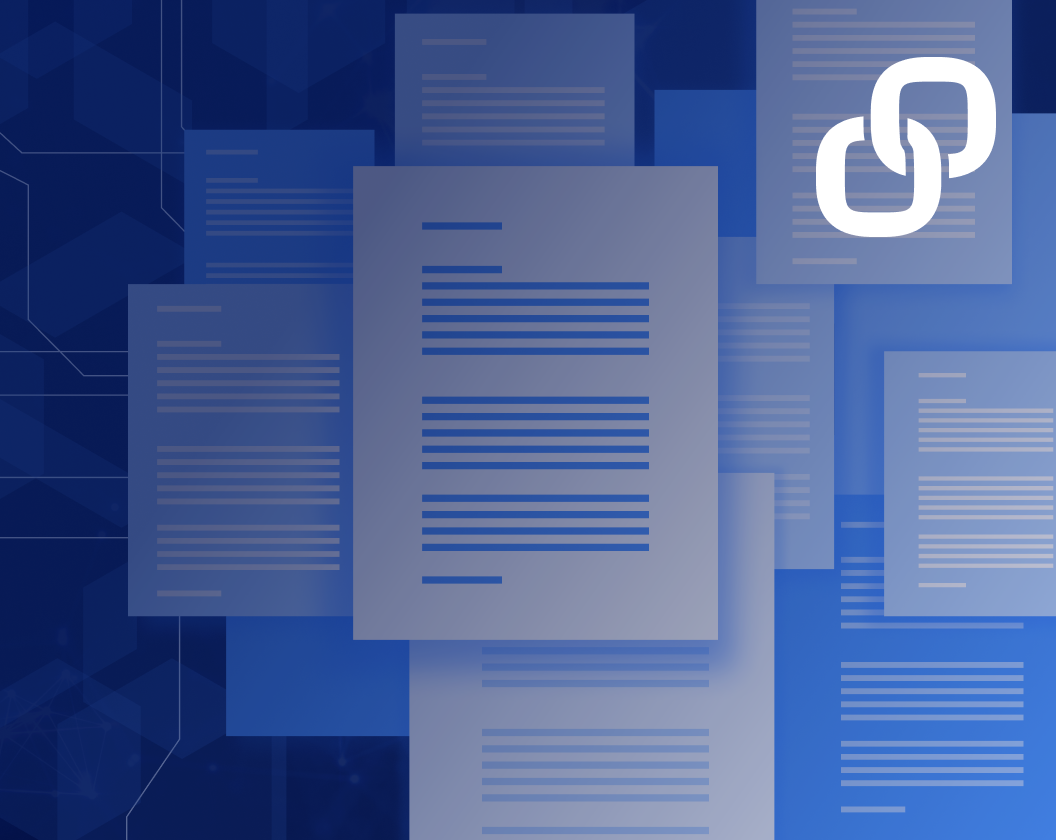These days, it seems that every vendor with a trading or risk platform has either already introduced AI to enhance their offerings or has plans to do so.
What does CompatibL AI offer users that sets it apart from other providers in the space?
Over the year and a half since ChatGPT took the world by storm, one thing became clear—large language models (LLMs) are much less impressive at carrying out tasks that require specialized jargon or deep insight into complex concepts. And this is hardly a surprise.
Language models learn primarily from the information available on the Internet, where texts about complex trading and risk management are relatively infrequent. As a result, the knowledge of financial markets is not well represented in AI training datasets. This makes out of the box LLMs less effective for financial applications.
At CompatibL, we realized very early that building AI solutions for trading and risk management solutions will require considerable R&D investment. Within two months from the release of ChatGPT, in early 2023, we allocated a significant share of our R&D budget to harness AI for capital markets.
Over the past year, our R&D team developed novel prompt engineering and fine-tuning techniques to achieve optimal LLM performance for finance. Our LLMs research was presented at three major conferences last fall and some of it is being released as open-source software to benefit the entire community.
These innovations are what helps CompatibL AI to achieve a higher level of accuracy and competence on financial applications compared with out-of-the-box LLMs used by other vendors.
What do you see as the ideal use-cases for CompatibL AI across the buy side and sell sides, and what enhancements to existing business processes can users reasonably expect by implementing CompatibL AI?
It is quite astonishing just how widespread the use of natural language documents is in capital markets today. These documents include trade confirmations, term sheets, offering memorandums, regulatory guidelines, and many others. Quantitative modeling also produces its share of natural language documents as part of the model governance process.
In the absence of an industry standard format, the style and structure of these documents varies widely from one firm to the next, and even between departments of the same firm. Business processes involving natural language text have largely resisted automation and must be performed manually by large teams of highly qualified experts.
We at CompatibL recognized that the emergence of modern LLMs created an opportunity to automate the comprehension, validation, and generation of these natural language documents, making the workflows that involve them faster, more reliable, and easier to audit.
There are three types of processes we implemented for our clients using CompatibL AI.
Comprehension
The first type is comprehension, namely converting text to data. As an example, AI may read a PDF term sheet and enter a what-if trade, or read the regulatory guidelines for SA-CCR (which is the latest counterparty credit risk regulation), and extract the relevant regulatory model parameters from the trade.
Validation
The second type is validation, where AI is used to verify existing data. For example, in our model governance solution, CompatibL AI is used confirm that source code changes match the corresponding JIRA tickets and GIT commit messages, which are in turn used to create model release notes. It also continuously monitors the source code to ensure it includes sufficient comments and matches documentation.
Generative applications
The third and final type is, of course, generative applications, where AI is used to create and amend natural language text such as model governance documentation. We use our customized LLMs to ensure that CompatibL AI produces documents that have the appropriate style and voice and are following internal and regulatory guidelines.
Whatever the use case, it is important to emphasize that with CompatibL AI humans always remain in control and sign off on the final work product.
CompatibL AI acts as a copilot that can perform mundane and repetitive tasks to make the work of human analysts more effective as well as more fulfilling and rewarding.
CompatibL is constantly drip-feeding new features and functionality into CompatibL AI as a means of enhancing its support for its buy-side and sell-side clients. What major enhancements have you got planned over, say, the next 6-12 months that clients can look forward to?
We are, indeed, rapidly expanding our product, always looking for new use cases and enhancements. For example, we recently introduced our new solution for what-if analysis.
What-if analysis is a critical and time-sensitive business function where risk and capital requirements of a potential trade are analyzed before it is executed. CompatibL AI uses the unique capabilities of LLMs to assist in and partially automate this important process.
While what-if analysis may not seem like a natural use case for LLMs, the CompatibL team recognized that the most time-consuming and unreliable part of the process is trade entry from natural language trade specifications. Sometimes these specifications are obtained from term sheets provided by the counterparty; sometimes they come from emails or even long email threads and discussions.
Another important trade entry pathway is the voice. In other words, performing trade entry based on verbal instructions. Out-of-the box LLMs cannot provide specialized comprehension suitable for trade entry. These models were only able to perform this task reliably after they were enhanced and fine-tuned by CompatibL.
Using such customized LLMs, CompatibL AI can enter the trade from a complex term sheet or a long email thread, correctly choosing from among hundreds of possible options.
When multiple trades of the same type are executed over time, based on natural language instructions our AI can also locate an existing trade with the same client and apply changes specified by the user to create a new trade.
Our clients reported that CompatibL AI performed what-if analysis well in production and significantly cut the time needed to enter a new trade.
We believe our AI solution has enormous potential in automating this critical business function.
Interested in Learning More?
Read our latest Q&A on AI in Quantitative Finance or check out how we created our first hackathon!


